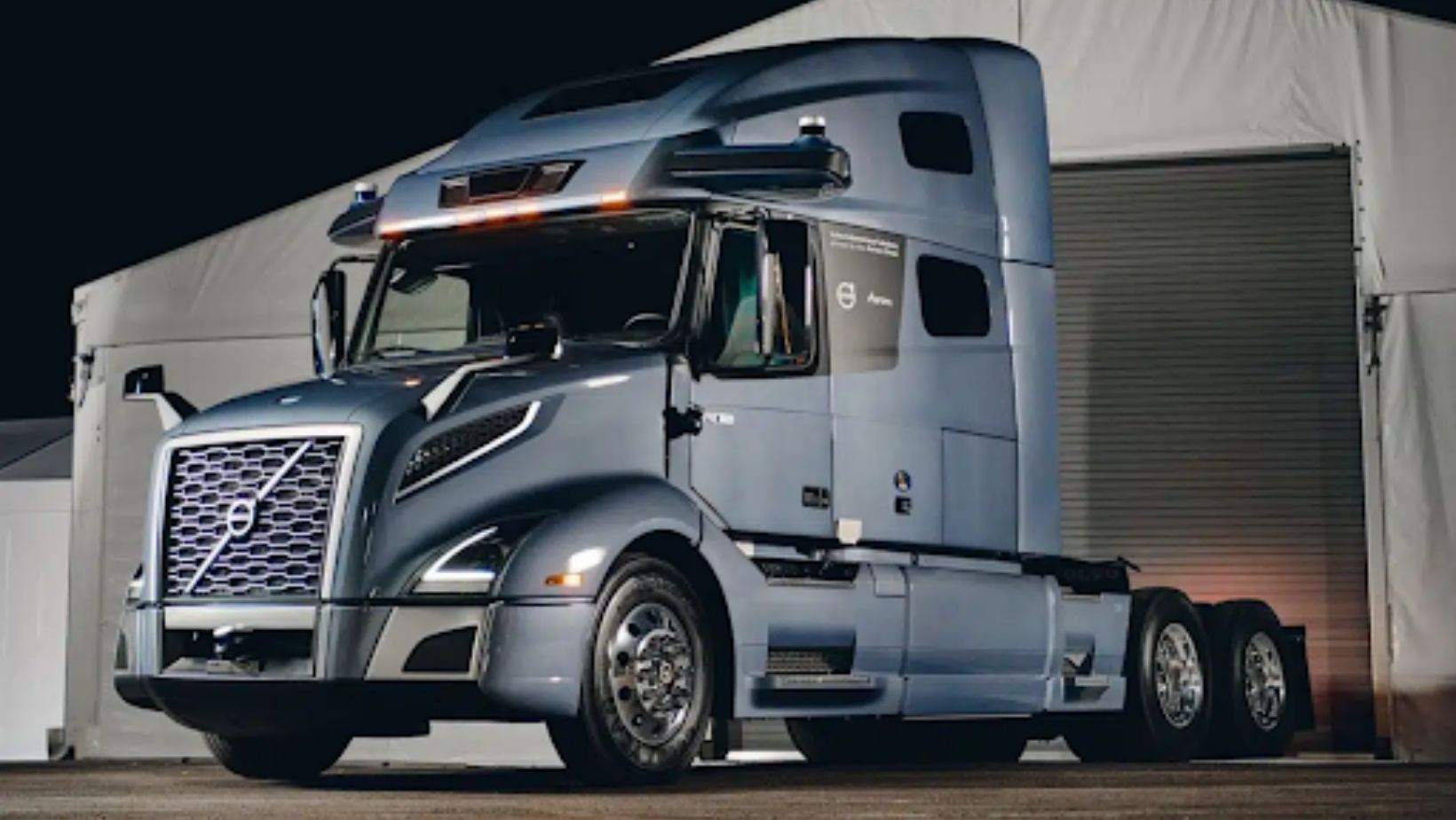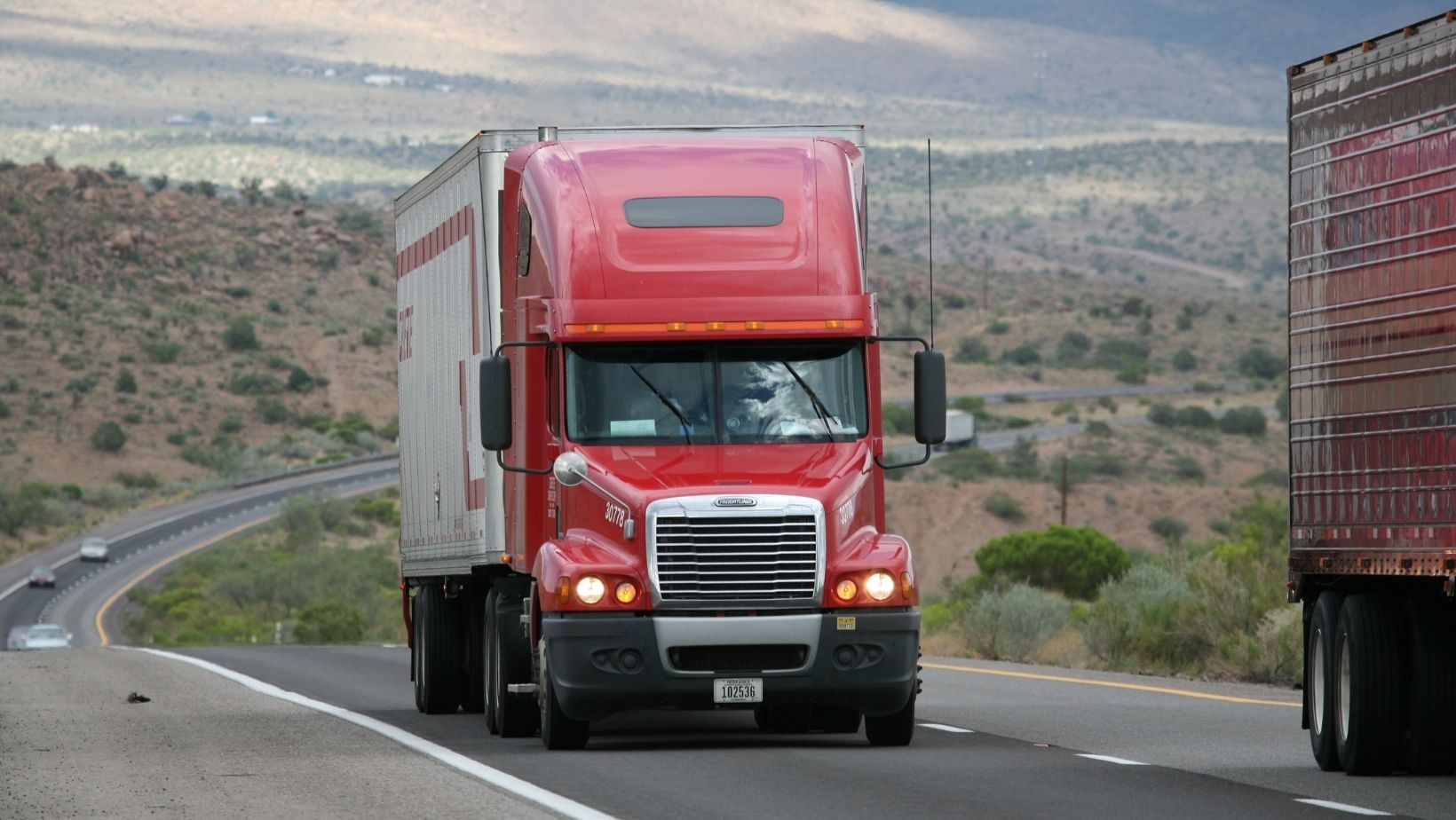Prioritizing Safety and Security: A Blueprint for Logistics Companies

In the fast-paced and high-demand world of logistics, maintaining safety and security is essential for the smooth operation of any transportation business. For companies that rely on trucker dispatch service, ensuring that both the goods and the drivers are protected is a top priority. From safeguarding shipments to complying with industry regulations, logistics companies need a comprehensive strategy to mitigate risks and prevent incidents. In this article, we will outline a blueprint for prioritizing safety and security, offering practical steps for logistics companies to implement and sustain a culture of safety.
Implement Rigorous Driver Safety Programs
Drivers are the backbone of any logistics operation, and their safety on the road is paramount. Establishing comprehensive driver safety programs not only protects your workforce but also reduces the risk of costly accidents and delays. These programs should include regular training, strict adherence to Hours of Service (HOS) regulations, and consistent monitoring of driver performance.

- Conduct ongoing driver training focused on safe driving practices, defensive driving techniques, and awareness of road hazards.
- Use technology like telematics and GPS tracking to monitor driving behaviors such as speeding, harsh braking, or excessive idling.
- Ensure that all drivers follow HOS regulations to avoid fatigue-related accidents.
By investing in driver safety, logistics companies can lower accident rates, improve delivery times, and protect their reputation.
Secure Your Fleet with Advanced Technology
Technology plays a crucial role in enhancing the security of logistics operations. Equipping your fleet with advanced security systems not only deters theft but also provides real-time tracking and monitoring of vehicles and cargo. This is particularly important when dealing with high-value or sensitive shipments.
Key technologies to improve fleet security:
- GPS tracking.
- Dashcams and vehicle cameras.
- Cargo sensors and locks.
Implementing these technologies will not only protect your assets but also provide peace of mind to clients by ensuring that their goods are transported securely.
Conduct Regular Vehicle Inspections and Maintenance
A well-maintained fleet is critical to both safety and security. Regular vehicle inspections and preventive maintenance help avoid breakdowns, accidents, and delays caused by mechanical issues. They also ensure that your trucks comply with safety regulations, reducing the risk of fines or penalties.
Maintenance practices to prioritize:
- Schedule regular inspections of critical components such as brakes, tires, lights, and steering systems.
- Establish a maintenance schedule that includes oil changes, tire rotations, and engine checks to keep vehicles running efficiently.
- Employ telematics systems to track vehicle performance and identify potential maintenance issues before they become critical.
By maintaining a safe and reliable fleet, logistics companies can minimize downtime, avoid costly repairs, and reduce the risk of accidents.
Establish Strong Security Protocols for Cargo
Cargo theft is a serious issue in the logistics industry, especially when transporting valuable goods. Logistics companies must develop strong security protocols to protect their shipments from theft or damage. This includes securing loading areas, monitoring drivers during stops, and implementing procedures to minimize risk.

Foster a Culture of Safety and Accountability
Safety and security should not be seen as isolated concerns but as integral parts of your company culture. Fostering a culture of safety and accountability requires ongoing education, clear communication, and leadership commitment. It’s important for everyone in the organization, from drivers to management, to prioritize safety in their daily routines.
Creating a culture of safety will lead to improved performance, fewer accidents, and greater long-term success for your logistics business.
Conclusion
For logistics companies relying on trucker dispatch service, prioritizing safety and security is essential to maintaining smooth operations and ensuring client satisfaction. By implementing comprehensive driver safety programs, securing your fleet with advanced technology, conducting regular vehicle maintenance, and fostering a culture of accountability, companies can protect both their drivers and cargo. As the logistics industry continues to grow, those who invest in safety and security will be well-positioned for sustained success.

-
Personal Finance9 months ago
How Do I Find My UCAS ID Number?
-
Success6 years ago
Consistency: The Key Ingredient to Success
-
Personal Finance9 months ago
What Does Conditionally Approved Mean For An Apartment?
-
Motivation3 years ago
How To Become a More Organized Person?
-
Others4 years ago
Work Health and Safety: 8 Reasons to Maintain a Clutter-free Office
-
Entrepreneurs4 years ago
Why Diversity is Key in Business Marketing
-
HK Pools9 months ago
The HK Pools Forum Comunity Jos Markotop 2D Warna Kuning – A Great Way to Stay Connected
-
Sport2 years ago
What Makes Soccer Betting So Great?


























